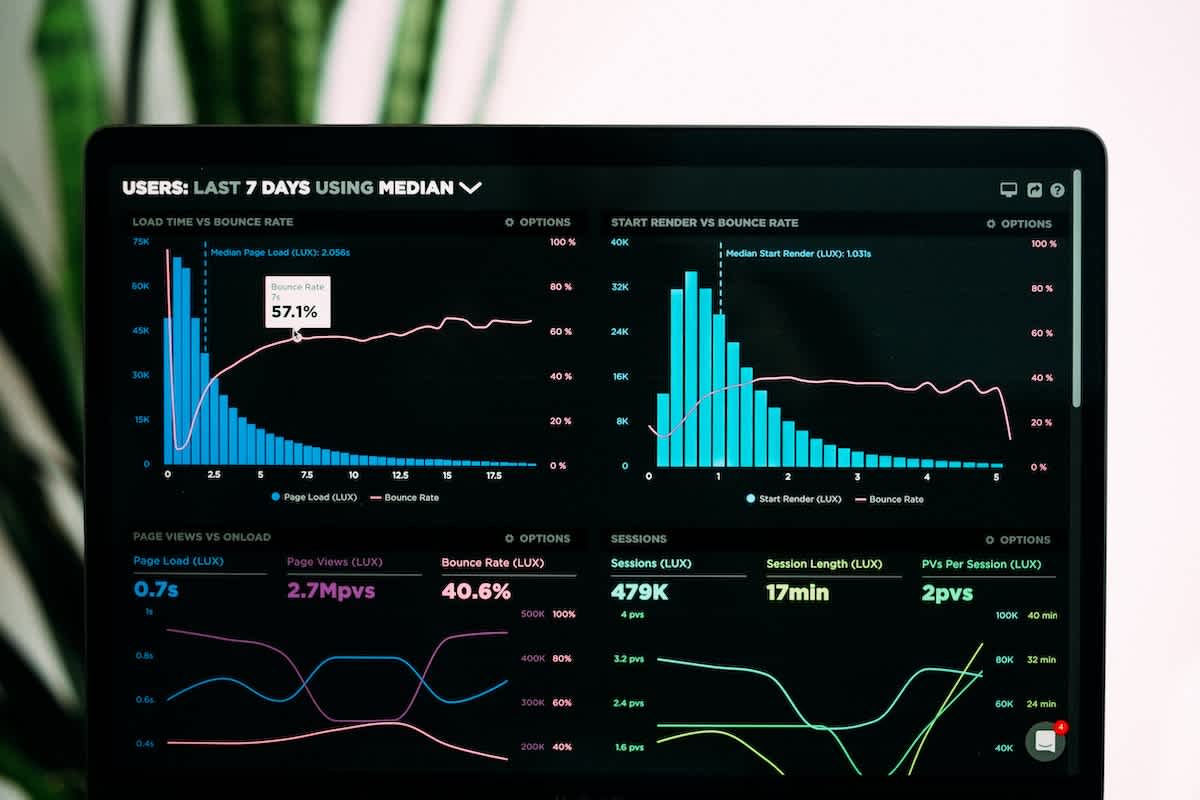OKRs vs. KPIs - Here Are The Differences
If you’ve stumbled across OKRs, you’ve probably also wondered how they differ from KPIs and which of them you should use for your project, team or company. Let’s dive in.

Lasse Ravn
Last updated on January 2nd, 2023

What’s the difference between OKRs and KPIs?
In short, KPIs (or Key Performance Indicators) are indications of how you’re performing as measured by a decided set of metrics (usually multiple). OKRs (Objectives & Key Results) is a framework that consists of objectives and key results. These tell where you want to go as well as how you’ll measure if you get there.
Comparing OKR and KPI examples
To get a better idea of the differences between OKRs and KPIs, let’s look at each of them separately alongside some examples.
KPI examples
A set of Key Performance Indicators for an ecommerce company could be:
Revenue
Avg. basket size
Return percentage
Avg. customer rating score
% of recurring customers
Employee satisfaction score
It’s a set of metrics that is continuously being tracked so we can understand the performance of our work. They usually provide a high-level overview of how things are going. The important thing with KPIs is that they’re a true reflection of how we’re doing.
A great test to do is to ask the people involved: “If these 3 KPIs went down and this went up, would that be a true reflection of how well we’re doing?”.
If not, then you’re not using the metrics that truly matter. Instead, think about where you want to get to. Then decide on the metrics that indicate whether you’ve gotten there or not.
OKR examples
Objectives and key results are much more focused on outcomes you’d like to achieve. An OKR example could fx. be:
Objective: Reach new levels of lead generation for our website
Key Result: Increase avg. weekly leads by 50% from 200 to 300
This not only tells us where we would like to go (the new level of lead generation) but it also tells us how we’ll measure if we get there.
For this example, we would simply measure the number of leads generated each week and calculate how much of the 50% increase we manage to achieve. We’ve collected a lot of different OKR examples if you want to dive deeper into how those could look.
When should you use OKRs vs. KPIs?
As you can probably see from the previous section, it’s not necessarily either or when it comes to KPIs and OKRs. It’s not unusual that a KPI is included as the metric you want to improve in a key result. So when should you use one or the other?
The answer is that you should probably use both. KPIs are great for monitoring the general health and performance of the business. OKRs are great for when you want to achieve specific outcomes and need a framework for how to get there. This is also where initiatives play a key role in the framework.
Conclusion: OKR vs. KPI
To sum up, it’s important to know the difference between a KPI and an OKR. But really, they’re not always comparable and should be thought of as something that can easily go together. After having read this post, you should understand this and use it in your future endeavors when working with either.